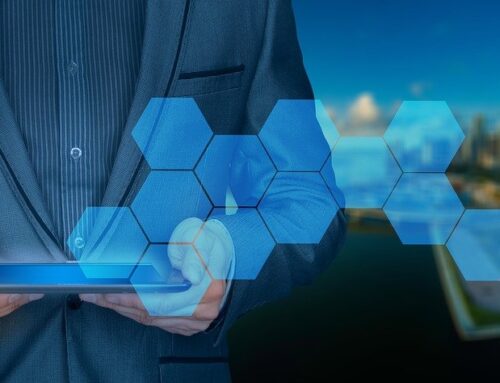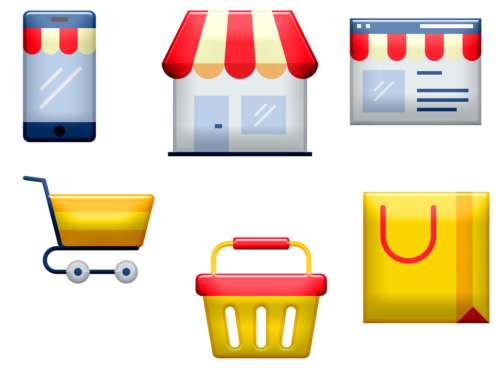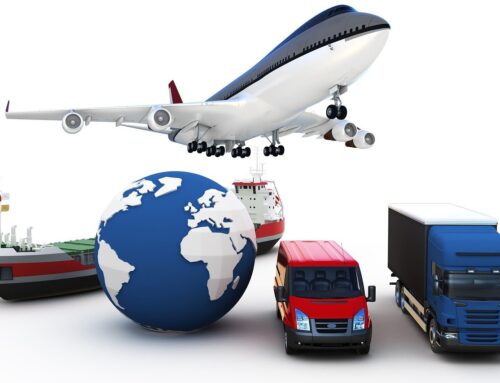What is Internet of Things (IOT)?
Internet of Things (IoT) is a network of physical objects or people called “things” that are embedded with software, electronics, network, and sensors that allows these objects to collect and exchange data.
Basically, IoT is a network in which all physical objects are connected to the internet through network devices or routers and exchange data. IoT allows objects to be controlled remotely across existing network infrastructure. IoT is a very good and intelligent technique which reduces human effort as well as easy access to physical devices. This technique also has autonomous control feature by which any device can control without any human interaction.
The goal of IoT is to extend to internet connectivity from standard devices like computer, mobile, tablet to relatively dumb devices like a toaster. IoT makes virtually everything “smart,” by improving aspects of our life with the power of data collection, AI algorithm, and networks.
Why is Internet of Things (IoT) so important?
Over the past few years, IoT has become one of the most important technologies of the 21st century. Now that we can connect everyday objects—kitchen appliances, cars, thermostats, baby monitors—to the internet via embedded devices, seamless communication is possible between people, processes, and things.
By means of low-cost computing, the cloud, big data, analytics, and mobile technologies, physical things can share and collect data with minimal human intervention. In this hyper connected world, digital systems can record, monitor, and adjust each interaction between connected things. The physical world meets the digital world—and they cooperate.
Modern Applications of IOT:
1.Smart Grids and energy saving
2.Smart cities
3.Smart homes
4.Healthcare
5.Earthquake detection
6.Radiation detection/hazardous gas detection
7.Smartphone detection
8.Water flow monitoring
9.Traffic monitoring
10.Wearables
Benefits of IoT
• Improved Customer Engagement
IoT improves customer experience by automating the action. For e.g. any issue in the car will be automatically detected by the sensors. The driver, as well as the manufacturer, will be notified about it. Till the time driver reaches the service station, the manufacturer will make sure that the faulty part is available at the service station.
• Improved productivity of staff
Thanks to IoT solutions, mundane tasks can be done automatically, so human resources may be transferred to more complex tasks that require personal skills, especially out-of-the-box thinking. This way, the number of workers can be minimized, which results in reduced costs of business operation.
• Business opportunities
While many businesses strive to access the revenue-producing power of digital services, most lack a strategy for pursuing this avenue. IoT is a game-changer in this respect, as advanced analytics, artificial intelligence, and smart utility grids make it easy for SMBs to collect actionable data needed to provide the value their customers are seeking. These analytics provide new insights that are not only being utilized to create new business models, but completely redefining traditional industries.
• New revenue streams
IoT capabilities allow you to set up and roll out new products and services, often quickly. Use data collected by IoT devices to help predict what your customers need and speed planning and delivery of new revenue-generating offerings. Combine IoT data you are collecting with historical data to proactively identify areas of new work (i.e., new revenue).
• Thorough marketing and business development
Smart devices that are situated at homes, especially voice assistants and other appliances that can directly communicate with end-users on a regular basis, provide invaluable source information for business analysis. IoT helps enterprises by gathering large volumes of user-specific data employed for developing business strategies, targeted advertising, fine-tuning price policy, and other marketing and management activities.
• Improve monitoring
With IoT, sensors and smart devices provide the capability to manage a network of physical objects. Consider monitoring across multiple layers of the network and infrastructure used by you and your customers. The data that you collect from an onsite monitor could be enhanced with data about hardware version, firmware version, and location. Go beyond the sensor data and look at how that data is captured and transferred, such as timestamps and error logs to improve network performance.
In Conclusion
Internet of Things devices are definitely going to play a really important role in future technology advancements. Although there are still the same issues that have to be addressed. In fact, one of the main concerns about IoT devices can be cyber-security.
IoT provides businesses and people better insight into and control over objects and environments that are currently beyond the reach of the internet. By doing so, IoT helps businesses and people to be more connected to the world around them and to do more meaningful, higher-level work.
If you wish to learn more about IOT, contact Realxposure’s expert team today to get a deeper dive into this amazing technology.







Leave A Comment